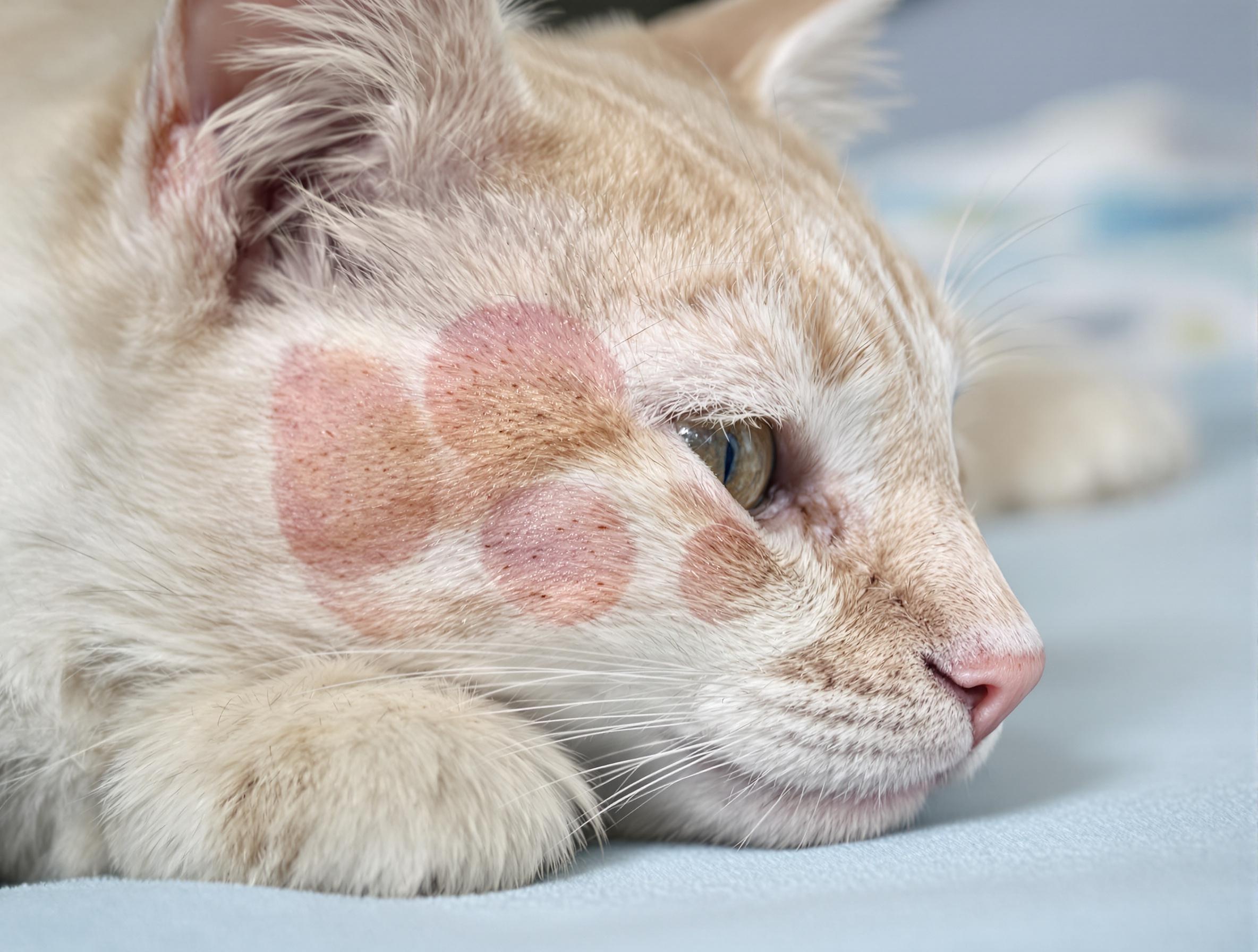Flea Eggs in Your Home? Here’s How to Spot and Remove Them

There’s only one thing worse than fleas: flea eggs. While adult fleas may be a sign of an active infestation, flea eggs are a sign of one to come. Because they easily settle into soft surfaces in the home, flea eggs can hide unnoticed for weeks at a time. But when the fleas inside hatch, they can wreak havoc on your home. Just like you keep an eye out for living fleas and other pests like ticks, you should be on the watch for signs of flea eggs.
As a pet owner, you can stop the cycle early by eliminating flea eggs and preventing them from hatching and continuing to spread. Below, we break down what you need to know to identify flea eggs in your home, how to remove them, and how to keep them from coming back.
What Do Flea Eggs Look Like?
Flea eggs are infamously difficult to spot. At just 0.5mm—about the same size as a grain of salt—these tiny, oval-shaped eggs easily elude the naked eye. They’re also white or even translucent in color, making them even harder to see. Since they’re so small, flea eggs are also easy to mistake for other particles, like dandruff or dust.
If you’re having a hard time telling if your pet has fleas, you’re certainly not alone. It may take some extra effort to identify flea eggs before they enter your home and become a full-blown infestation.
Flea Eggs vs. Dandruff: How to Tell the Difference
Many pet owners see flea eggs and mistake them for dandruff, which causes white or yellowish flakes to shed from the skin. Dandruff is the result of an overgrowth of fungus on the skin, not a flea infection. Its flakes are often stickier and more likely to cling to fur than flea eggs are—flea eggs usually fall easily off surfaces and fur.
Another thing to watch out for is flea dirt, which is made up of dried flea feces and blood. Flea dirt can resemble flea eggs from a distance, but it’s usually dark brown and may turn red when exposed to water due to the digested blood found within. Flea eggs, on the other hand, will remain white even when wet.
Where Are Flea Eggs Commonly Found in the Home?
If fleas keep coming back to bother your pet, it may be because flea eggs have entered your home. Even if you haven’t dealt with an infestation before, flea eggs can easily hitch a ride on your pet’s fur and make their way inside.
Inside the average home, there are plenty of prime hiding places for flea eggs to settle while they mature:
- Carpets and rugs: Flea eggs can become embedded in carpet fibers and rest undisturbed for weeks.
- Pet bedding and soft furniture: Blankets, cushions, and pet beds are prime locations for flea eggs to fall off and go unnoticed.
- Cracks in hardwood floors and baseboards: Tiny flea eggs can effortlessly settle into cracks and crevices.
- Curtains and upholstery: Fabric surfaces like curtains or upholstered furniture can harbor eggs, especially where pets rest.
When targeting fleas in your home, make sure to address each of these areas thoroughly.

Understanding the Flea Life Cycle
To prevent a full infestation, it’s essential to understand the flea life cycle:
- Egg stage: Adult fleas lay eggs on pets, but these often fall off into the home environment.
- Larvae stage: After hatching, flea larvae feed on organic debris and flea dirt.
- Pupa stage: The larvae form cocoons and can remain dormant for weeks or months.
- Adult stage: Adult fleas emerge from cocoons and seek a host to feed on, restarting the cycle.
The egg stage is the best time to intervene because it prevents fleas from ever reaching adulthood. Breaking the cycle early is the key to long-term pest control.
How to Get Rid of Flea Eggs in Your Home
If you think you’ve found flea eggs, here are the steps you can take to remove them and protect your home:
1. Vacuum Regularly
Use a high-powered vacuum with a HEPA filter to remove flea eggs from carpets, rugs, and furniture. Focus on pet-frequented areas, and empty the vacuum outside immediately to prevent reinfestation.
2. Wash Bedding and Linens
Gather all pet bedding, blankets, and soft fabrics. Wash them in hot water (140°F or higher) and dry them on high heat for at least 30 minutes to kill flea eggs.
3. Steam Clean Carpets and Upholstery
High-temperature steam kills flea eggs and is ideal for persistent infestations. Use a steamer on carpets, drapes, and furniture where pets rest.
4. Use Vet-Approved Flea Control Treatments
Treat your home with vet-approved sprays or household treatments that target flea eggs and larvae. Apply these to carpets, pet bedding, and furniture for ongoing protection. For safe and effective flea control options, explore Flea and Tick Prevention at 1-800-PetMeds.
5. Try Natural Methods
For a natural approach, sprinkle food-grade diatomaceous earth on carpets. Let it sit for 24–48 hours before vacuuming. It helps dry out and kill fleas without harmful chemicals, though it should be used carefully to avoid inhalation.
How to Prevent Flea Eggs from Returning
Once you’ve removed flea eggs, prevention becomes key. Here are a few tips:
- Use year-round flea preventatives for pets to stop infestations before they start. Explore Cat Flea Control options for ongoing protection.
- Adopt a consistent cleaning routine with frequent vacuuming and washing of pet bedding.
- Maintain your yard by keeping grass short and clearing debris to minimize outdoor flea habitats.
Final Thoughts on Flea Egg Prevention
Fleas are irritating pests that can cause itching and discomfort for your pets and family. Prevention is the most effective defense against infestations, and stopping the flea life cycle at the egg stage is crucial.
With regular cleaning, consistent flea prevention, and awareness of where eggs hide, you can keep your home flea-free and your pets comfortable. If you suspect your pet has fleas, contact your veterinarian for guidance on treatment options.
For more information on year-round flea control solutions, visit Flea and Tick Prevention at 1-800-PetMeds.






